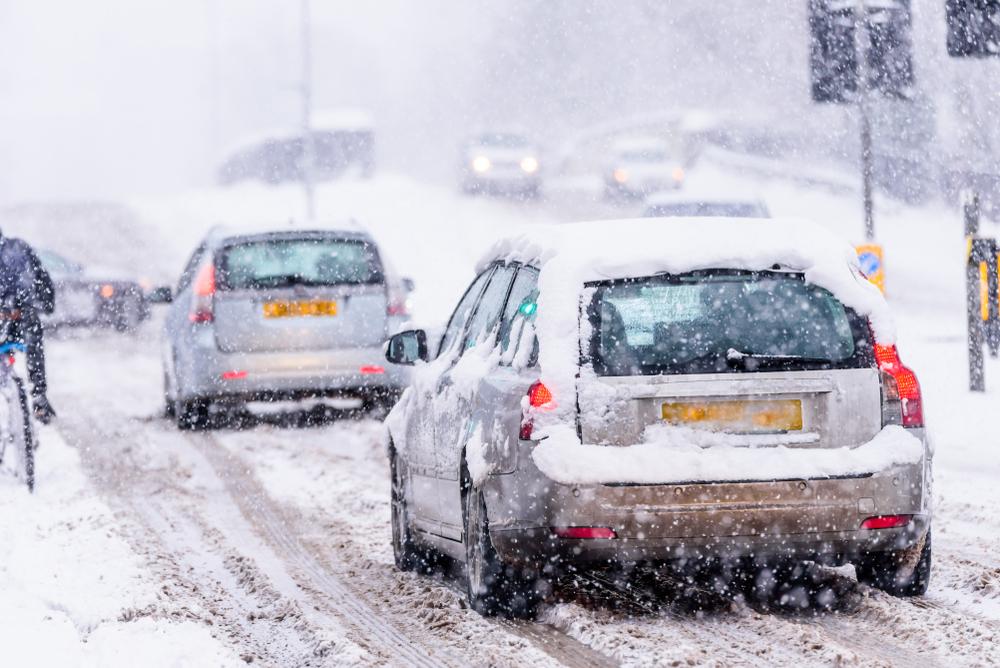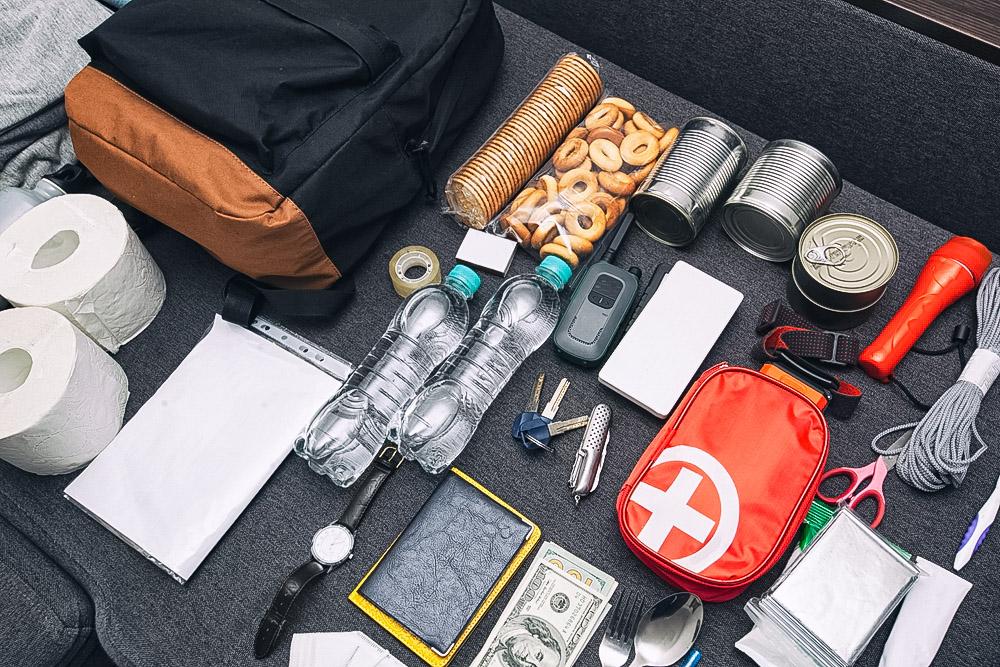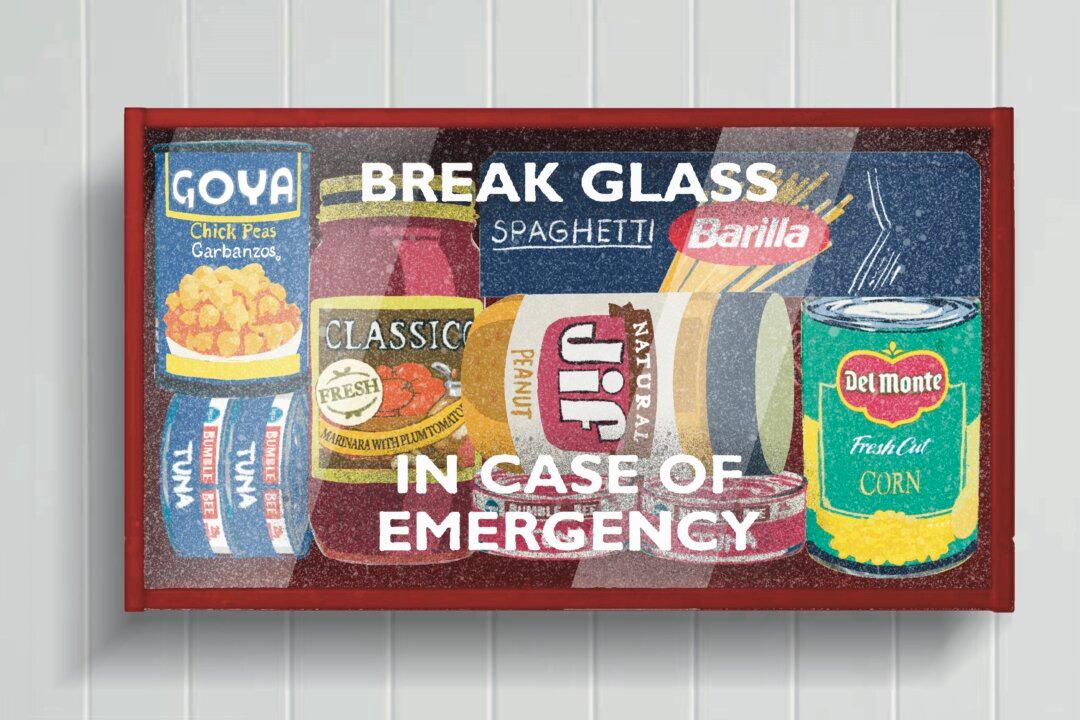A winter wonderland is lovely to look at, but if you’re stranded by the side of the road in frigid temperatures this winter, that glistening snow will quickly become a nemesis. Prepare each vehicle now so this scenario doesn’t become a cold-weather survival disaster.
Cold temperatures exacerbate the inconvenience and danger of any roadside emergency. Suddenly, trying to change a flat tire with stiff, cold fingers escalates quickly into a nearly impossible task. The inside of your vehicle can become colder than outside temperatures, especially at night. If your car battery is dead, you don’t even have the option of running your car’s heater.





